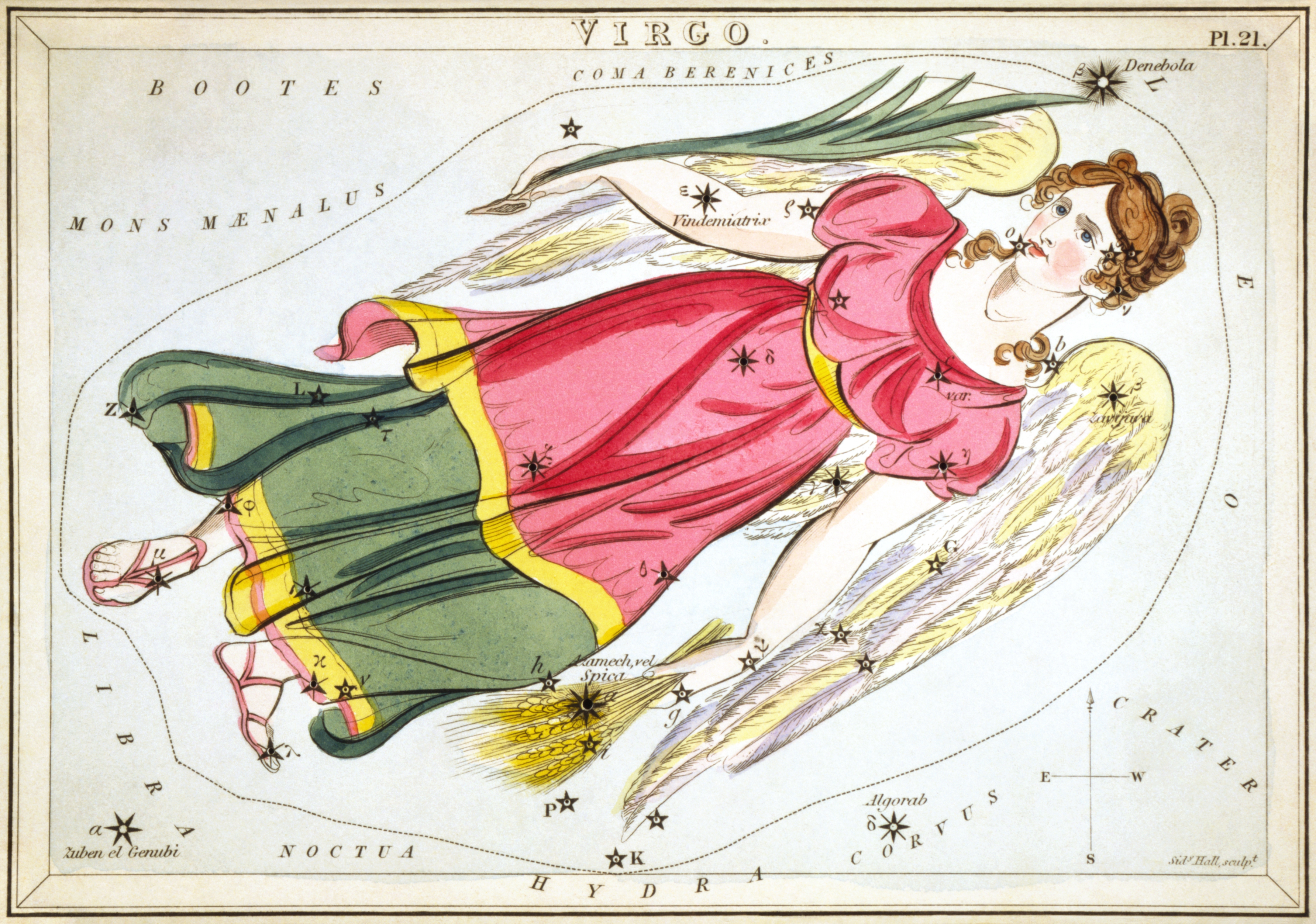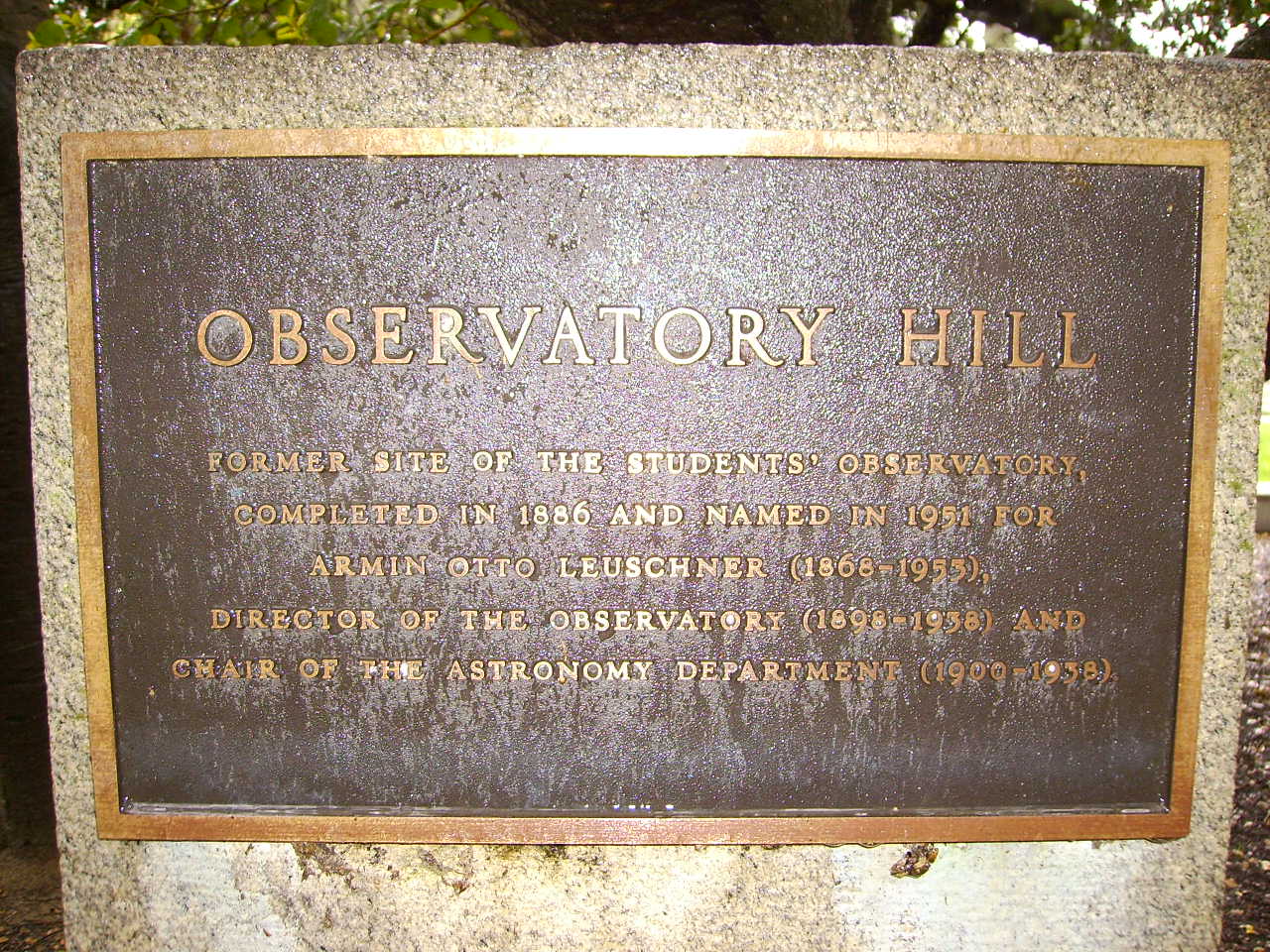|
SN 1994D
SN 1994D was a Type Ia supernova event in the outskirts of galaxy NGC 4526. It was offset by west and south of the galaxy center and positioned near a prominent dust lane. It was caused by the explosion of a white dwarf star composed of carbon and oxygen. This event was discovered on March 7, 1994 by R. R. Treffers and associates using the automated 30-inch telescope at Leuschner Observatory. It reached peak visual brightness two weeks later on March 22. Modelling of the light curve indicates the explosion would have been visible around March 3-4. A possible detection of helium in the spectrum was made by W. P. S. Meikle and associates in 1996. A mass of 0.014 to in helium would be needed to produce this feature. See also *History of supernova observation The known history of supernova observation goes back to 185 AD, when supernova SN 185 appeared; which is the oldest appearance of a supernova recorded by mankind. Several additional supernovae within the Milky Way galaxy ... [...More Info...] [...Related Items...] OR: [Wikipedia] [Google] [Baidu] |
Hubble Space Telescope
The Hubble Space Telescope (often referred to as HST or Hubble) is a space telescope that was launched into low Earth orbit in 1990 and remains in operation. It was not the first space telescope, but it is one of the largest and most versatile, renowned both as a vital research tool and as a public relations boon for astronomy. The Hubble telescope is named after astronomer Edwin Hubble and is one of NASA's Great Observatories. The Space Telescope Science Institute (STScI) selects Hubble's targets and processes the resulting data, while the Goddard Space Flight Center (GSFC) controls the spacecraft. Hubble features a mirror, and its five main instruments observe in the ultraviolet, visible, and near-infrared regions of the electromagnetic spectrum. Hubble's orbit outside the distortion of Earth's atmosphere allows it to capture extremely high-resolution images with substantially lower background light than ground-based telescopes. It has recorded some of the most detaile ... [...More Info...] [...Related Items...] OR: [Wikipedia] [Google] [Baidu] |
Virgo (constellation)
Virgo is one of the constellations of the zodiac. Its name is Latin for maiden, and its old astronomical symbol is (♍︎). Lying between Leo (constellation), Leo to the west and Libra (constellation), Libra to the east, it is the second-largest constellation in the sky (after Hydra (constellation), Hydra) and the largest constellation in the zodiac. The ecliptic intersects the celestial equator within this constellation and Pisces (constellation), Pisces. Underlying these technical two definitions, the sun passes directly overhead of the equator, within this constellation, at the September equinox. Virgo can be easily found through its brightest star, Spica. Location Virgo is prominent in the spring sky in the Northern Hemisphere, visible all night in March and April. As the largest zodiac constellation, the Sun takes 44 days to pass through it, longer than any other. From 1990 and until 2062, this will take place from September 16 to October 30. It is located in the third ... [...More Info...] [...Related Items...] OR: [Wikipedia] [Google] [Baidu] |
B2000
The Burroughs B2500 through Burroughs B4900 was a series of mainframe computers developed and manufactured by Burroughs Corporation in Pasadena, California, United States, from 1966 to 1991. They were aimed at the business world with an instruction set optimized for the COBOL programming language. They were also known as Burroughs Medium Systems, by contrast with the Burroughs Large Systems and Burroughs Small Systems. History and architecture First generation The B2500 and B3500 computers were announced in 1966. They operated directly on COBOL-68's primary decimal data types: strings of up to 100 digits, with one EBCDIC or ASCII digit character or two 4-bit binary-coded decimal BCD digits per byte. Portable COBOL programs did not use binary integers at all, so the B2500 did not either, not even for memory addresses. Memory was addressed down to the 4-bit digit in big-endian style, using 5-digit decimal addresses. Floating point numbers also used base 10 rather than some ... [...More Info...] [...Related Items...] OR: [Wikipedia] [Google] [Baidu] |
NGC 4526
NGC commonly refers to: * New General Catalogue of Nebulae and Clusters of Stars, a catalogue of deep sky objects in astronomy NGC may also refer to: Companies * NGC Corporation, name of US electric company Dynegy, Inc. from 1995 to 1998 * National Gas Company of Trinidad and Tobago, state-owned natural gas company in Trinidad and Tobago * National Grid plc, a former name of National Grid Electricity Transmission plc, the operator of the British electricity transmission system * Northrop Grumman Corporation, aerospace and defense conglomerate formed from the merger of Northrop Corporation and Grumman Corporation in 1994 * Numismatic Guaranty Corporation, coin certification company in the United States Other uses * National Gallery of Canada, art gallery founded in 1880 in Ottawa, Canada * National Geographic, documentary and reality television channel established in the United States in 2001 formerly called National Geographic Channel * Native Girls Code, US non-profit orga ... [...More Info...] [...Related Items...] OR: [Wikipedia] [Google] [Baidu] |
Type Ia Supernova
A Type Ia supernova (read: "type one-A") is a type of supernova that occurs in binary systems (two stars orbiting one another) in which one of the stars is a white dwarf. The other star can be anything from a giant star to an even smaller white dwarf. Physically, carbon–oxygen white dwarfs with a low rate of rotation are limited to below 1.44 solar masses (). Beyond this "critical mass", they reignite and in some cases trigger a supernova explosion; this critical mass is often referred to as the Chandrasekhar mass, but is marginally different from the absolute Chandrasekhar limit, where electron degeneracy pressure is unable to prevent catastrophic collapse. If a white dwarf gradually accretes mass from a binary companion, or merges with a second white dwarf, the general hypothesis is that a white dwarf's core will reach the ignition temperature for carbon fusion as it approaches the Chandrasekhar mass. Within a few seconds of initiation of nuclear fusion, a substantial ... [...More Info...] [...Related Items...] OR: [Wikipedia] [Google] [Baidu] |
White Dwarf
A white dwarf is a stellar core remnant composed mostly of electron-degenerate matter. A white dwarf is very dense: its mass is comparable to the Sun's, while its volume is comparable to the Earth's. A white dwarf's faint luminosity comes from the emission of residual thermal energy; no fusion takes place in a white dwarf. The nearest known white dwarf is at 8.6 light years, the smaller component of the Sirius binary star. There are currently thought to be eight white dwarfs among the hundred star systems nearest the Sun. The unusual faintness of white dwarfs was first recognized in 1910. The name ''white dwarf'' was coined by Willem Luyten in 1922. White dwarfs are thought to be the final evolutionary state of stars whose mass is not high enough to become a neutron star or black hole. This includes over 97% of the other stars in the Milky Way. After the hydrogen- fusing period of a main-sequence star of low or medium mass ends, such a star will expand to a red giant ... [...More Info...] [...Related Items...] OR: [Wikipedia] [Google] [Baidu] |
Leuschner Observatory
Leuschner Observatory, originally called the Students' Observatory, is an observatory jointly operated by the University of California, Berkeley and San Francisco State University. The observatory was built in 1886 on the Berkeley campus. For many years, it was directed by Armin Otto Leuschner, for whom the observatory was renamed in 1951. In 1965, it was relocated to its present home in Lafayette, California, approximately east of the Berkeley campus. In 2012, the physics and astronomy department of San Francisco State University became a partner. Presently, Leuschner Observatory has two operating telescopes. One is a optical telescope, equipped with a CCD for observations in visible light and an infrared detector used for infrared astronomy. The other is a radio dish used for an undergraduate radio astronomy course. The observatory has been used to perform professional astronomy research, such as orbit determination of small solar system bodies in the early 1900s and supernov ... [...More Info...] [...Related Items...] OR: [Wikipedia] [Google] [Baidu] |
Light Curve
In astronomy, a light curve is a graph of light intensity of a celestial object or region as a function of time, typically with the magnitude of light received on the y axis and with time on the x axis. The light is usually in a particular frequency interval or band. Light curves can be periodic, as in the case of eclipsing binaries, Cepheid variables, other periodic variables, and transiting extrasolar planets, or aperiodic, like the light curve of a nova, a cataclysmic variable star, a supernova or a microlensing event or binary as observed during occultation events. The study of the light curve, together with other observations, can yield considerable information about the physical process that produces it or constrain the physical theories about it. Variable stars Graphs of the apparent magnitude of a variable star over time are commonly used to visualise and analyse their behaviour. Although the categorisation of variable star types is increasingly done from their s ... [...More Info...] [...Related Items...] OR: [Wikipedia] [Google] [Baidu] |
History Of Supernova Observation
The known history of supernova observation goes back to 185 AD, when supernova SN 185 appeared; which is the oldest appearance of a supernova recorded by mankind. Several additional supernovae within the Milky Way galaxy have been recorded since that time, with SN 1604 being the most recent supernova to be observed in this galaxy. Since the development of the telescope, the field of supernova discovery has expanded to other galaxies. These occurrences provide important information on the distances of galaxies. Successful models of supernova behavior have also been developed, and the role of supernovae in the star formation process is now increasingly understood. Early history The earliest possible recorded supernova, known as HB9, could have been viewed and recorded by unknown Archaeoastronomy and Vedic chronology, Indian observers in . In the year 185 common era, CE, astronomers recorded the appearance of a bright star in the sky, and observed that it took about eight months to ... [...More Info...] [...Related Items...] OR: [Wikipedia] [Google] [Baidu] |
Supernovae
A supernova is a powerful and luminous explosion of a star. It has the plural form supernovae or supernovas, and is abbreviated SN or SNe. This transient astronomical event occurs during the last evolutionary stages of a massive star or when a white dwarf is triggered into runaway nuclear fusion. The original object, called the ''progenitor'', either collapses to a neutron star or black hole, or is completely destroyed. The peak optical luminosity of a supernova can be comparable to that of an entire galaxy before fading over several weeks or months. Supernovae are more energetic than novae. In Latin, ''nova'' means "new", referring astronomically to what appears to be a temporary new bright star. Adding the prefix "super-" distinguishes supernovae from ordinary novae, which are far less luminous. The word ''supernova'' was coined by Walter Baade and Fritz Zwicky in 1929. The last supernova to be directly observed in the Milky Way was Kepler's Supernova in 1604, appearing not ... [...More Info...] [...Related Items...] OR: [Wikipedia] [Google] [Baidu] |





